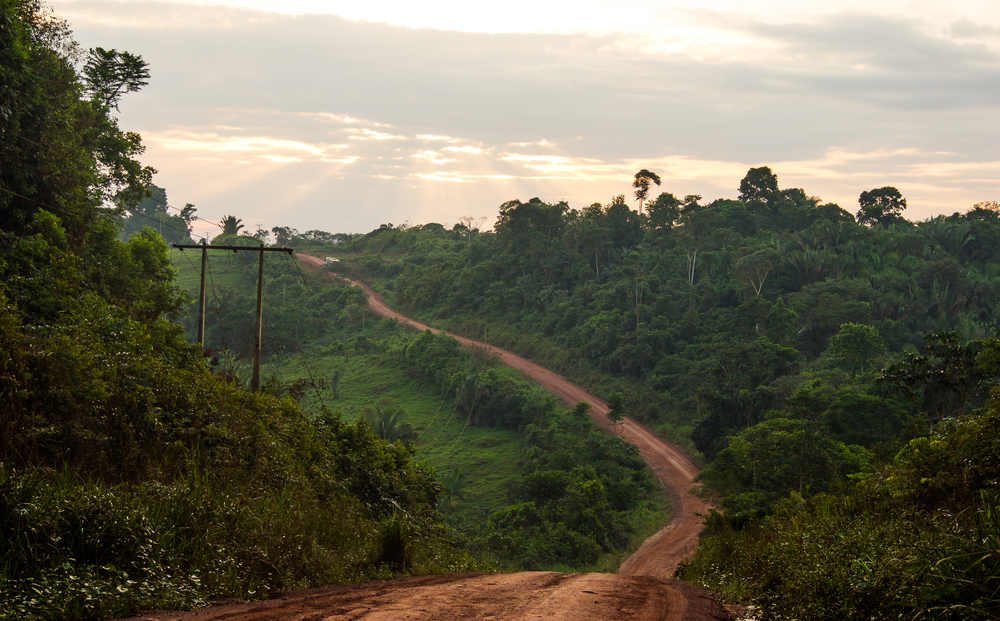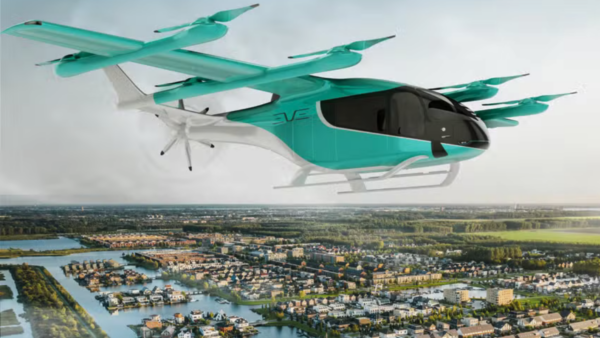As today is World Environment Day, The Brazilian Report is republishing a study by the Amazonian Georeferenced Socio-Environmental Information Network (RAISG), mapping the pressures and threats faced by the Amazon region. This is the first part of the series, focusing on transport infrastructure. The subsequent parts, covering extractive industries and deforestation, can be found here and here.
The opening of new roads, railways, and waterways in the Amazon has always been and always will be the main vector of transformation of the territory.
By 2018, more than 136,000 kilometers of roads had been built in the Pan-Amazon region, of which 26,000 km are located within protected natural areas and indigenous territories. Of this total, 16,900 k, cross indigenous territories and 9,100 km cross protected natural areas.
The case of the Brazilian Amazon helps us to visualize the future of the entire region. Most deforestation occurs in the vicinity of roads, and it is estimated that approximately 90 percent of native vegetation loss will occur within a radius of 100 km from the road network, according to the study “Space-time dynamics of deforestation in Brazilian Amazon,” published in the International Journal of Remote Sensing in 2002.
The results of research on this subject, however, vary with respect to the distance at which the highest intensity of deforestation occurs. For example, Gregory Asner, in 2006, found that 67 percent of deforestation occurs at a maximum distance of 50 km from roads, whereas Kenneth M. Chomitz and Timothy S. Thomas found that at this distance, 85 percent of the vegetation cover was removed. In contrast, almost a decade later, Christopher P. Barber’s findings show that in the Brazilian Amazon, 94.9 percent of deforestation occurred within 5.5 km of roads and 1 km of rivers.
This all goes to show the close connection between the expansion of this form of transport network and the loss of native vegetation.
With the roads opened in the 1960s, Brazil is familiar with the impacts of occupation caused by the construction of long-distance roads connecting the north and south of the country. Other countries, such as Peru, are now evaluating the consequences of the recent construction of important highways, such as the Interoceanic South, completed in...


 Search
Search






































